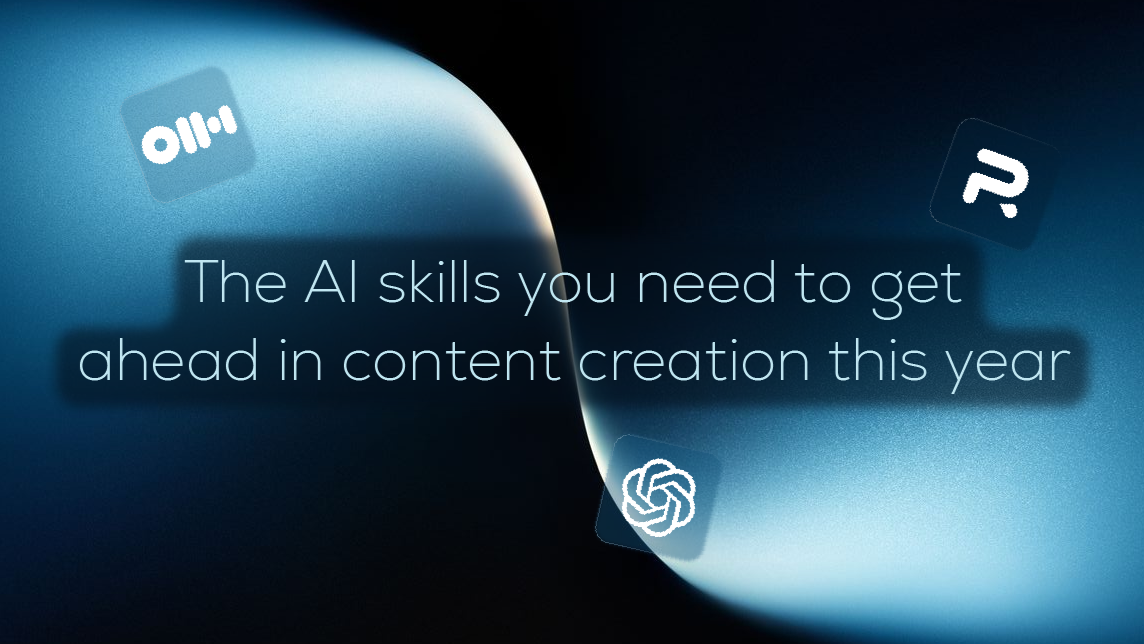As businesses enter 2025, the significance of omnichannel marketing continues to grow, reshaping the way brands connect with their audiences. Building on the momentum of 2024, omnichannel marketing in 2025 will be defined by deeper integration of AI, sustainability, immersive experiences, and hyper-personalization. Brands that successfully adapt to these trends will not only meet evolving customer expectations but also stay ahead in an increasingly competitive landscape.
What Is Omnichannel Marketing?
Omnichannel marketing is centered on creating seamless, unified customer experiences across all touchpoints. Whether through smartphones, in-store visits, smart home devices, or the metaverse, brands aim to ensure that interactions feel cohesive and personalized. The distinction in 2025 is how much more advanced and integrated these interactions will become, thanks to technological advancements and changing consumer preferences.
Key Trends Shaping Omnichannel Marketing in 2025
1. Hyper-Personalization with AI:
– By 2025, generative AI and machine learning will reach new levels of sophistication, enabling real-time personalization. Customer interactions across channels will feel almost tailor-made, with AI predicting behaviors and delivering solutions instantly.
– For instance, smart chatbots and AI-powered recommendation engines will adapt dynamically to user preferences as they interact with different channels.
2. Immersive Experiences in the Metaverse:
– Virtual and augmented reality are set to redefine customer engagement. Brands are increasingly leveraging these tools to create virtual storefronts, live product demonstrations, and immersive shopping experiences.
– The metaverse will become an essential channel for retail, entertainment, and even education, seamlessly blending with physical experiences.
3. The IoT Revolution:
IoT devices, from smart appliances to wearable tech, will integrate into omnichannel strategies, enabling hyper-connected customer journeys. For example, smart fridges could suggest recipes based on available ingredients and connect users to grocery delivery services—all within the omnichannel ecosystem.
4. Sustainability as a Core Component:
Consumers in 2025 demand that brands incorporate sustainability into their strategies. Carbon-neutral delivery, eco-friendly packaging, and transparent sourcing will be essential parts of omnichannel marketing. Real-time updates on sustainability initiatives will also become a critical touchpoint.
5. Voice and Visual Search:
The rise of AI-powered voice and visual search will change how customers interact with brands. Shoppers will use voice commands or take pictures of items to find similar products, enabling a frictionless transition between search and purchase.
6. Data Ethics and Privacy:
Stricter regulations and heightened consumer awareness around data privacy will push brands to adopt more ethical data collection and use practices. Transparency and trust will become key differentiators in customer loyalty.
7. Automation and Real-Time Adaptation:
Marketing automation tools will evolve to handle complex omnichannel strategies efficiently. Brands will leverage these tools to maintain real-time engagement without compromising consistency or personalization.
Challenges in 2025
While opportunities abound, challenges remain:
– Data Fragmentation: Integrating data across platforms and channels will still require advanced tools and strategies.
– Balancing Automation and Human Touch: As automation grows, brands must ensure that customer interactions retain a human, empathetic element.
– Technology Investment: Keeping up with the latest tools, such as AR, VR, and IoT integrations, demands substantial investment.
Success Stories in Omnichannel Marketing
– Nike: The brand continues to lead in omnichannel experiences, with AR-driven product customization and seamless app-to-store integration that allows users to reserve products and enjoy tailored experiences.
– IKEA: With AR-enabled home visualization tools and in-store app integration, IKEA delivers a unified experience that blends convenience and innovation.
Looking Ahead
The rise of omnichannel marketing in 2025 underscores a broader shift toward customer-centricity. By embracing advanced technologies, focusing on sustainability, and addressing ethical concerns, brands can create deeper connections with their audiences. The future of marketing lies in meeting customers where they are—whether in the real world, on their smartphones, or in the metaverse.
If you enjoyed this article and want to stay ahead with the latest insights in marketing, subscribe to our newsletter, “Marketing Readers Club”.







